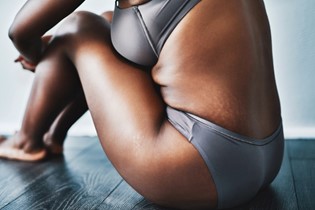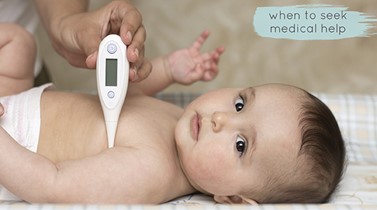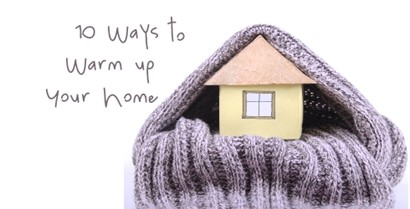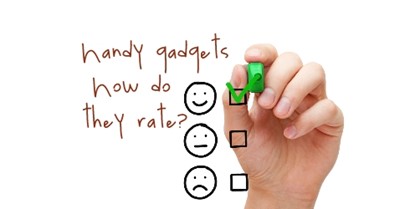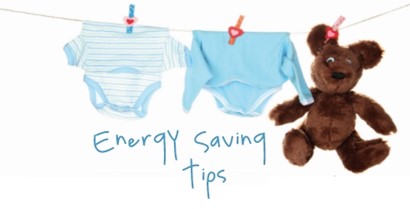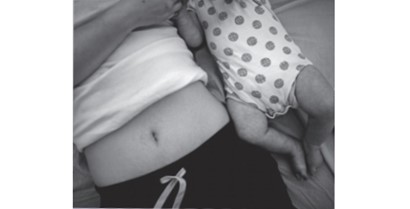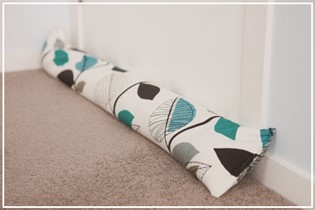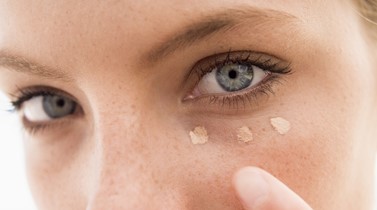How caring for your baby can hurt you
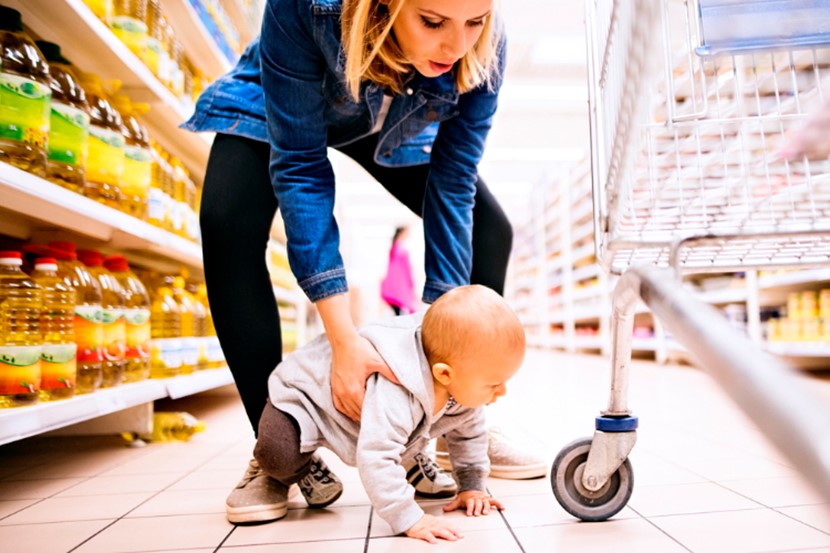
Caring for children can hurt. OHbaby! expert and physiotherapist Renée Vincent explains why motherhood should meet occupational health and safety standards.
Many mothers weather the discomforts that accompany pregnancy only to find that the physical demands of caring for their baby leave them facing a new set of aches and pains. It is tempting to ignore these. Many mums assume they are related to hormonal changes and recovering from pregnancy, and hope that the discomfort will go with time. The reality is that caring for young children is heavy manual work. While bodily changes related to pregnancy make new mums more vulnerable, it is the ergonomically challenging nature of childcare that explains why mothers face many of these physical problems.
Mothers, and fathers too for that matter, spend their days lifting children in and out of cots, car seats, strollers, baths and highchairs, on and off change tables and up and down from the floor. They spend long periods of time carrying their children, holding them to breastfeed, bent over helping them play or walk, and down on the floor with them. Not to mention all the time spent doing all the domestic tasks that go along with caring for children.
Safety in the workplace
The nature of the work that mums do makes mothering a high risk job when it comes to occupational health and safety. Today occupational health and safety is such a priority that in every field of paid work there are regulations and guidelines to protect workers from unnecessary injury or pain.
Mothers as unpaid workers are disadvantaged. Despite the fact that they are performing arguably the most important job in the world, until recently there has been no research into the ergonomics of the activities they perform. That leaves mothers doing their best to prevent injury by applying their common sense or what they have learnt about lifting from other jobs.
To address this lack of knowledge I undertook a research study in which I observed mothers doing 87 childcare activities that involved lifting. I analysed these activities using a workplace ergonomic risk scale to determine the level of risk involved in each activity.
The results of my study affirmed the hard work mothers do and the problems they face physically. Most mums had experienced low back pain (64%). Neck and upper back pain was also common (44%). But many also reported pain in other areas such sciatica, shoulder tendinopathy, knee pain, wrist tendonitis, carpal tunnel syndrome and hip tendinopathy.
Childcare tasks causing injury
So what were the high risk areas associated with childcare and what can mothers do to reduce the risk of injury?
An important difference between the lifting that mothers do and industrial lifting is the fact that mothers are lifting their child — a living load that they care deeply about. This has a big influence on how they lift and the risk involved.
Children are a high-risk load due to the way we need to angle our wrists to pick them up and the fact that their weight is unevenly distributed between their head and limbs. Children move (often suddenly and unpredictably) and we are emotionally connected to them. There wouldn’t be one mother out there who hadn’t contorted her body to carefully lift her precious child out of an awkward situation, even when the child was kicking, screaming and crawling in the opposite direction.
Then there is the nature of the childcare tasks themselves. These tasks nearly always involve mothers reaching out with the arms while bending forward (presenting a moderate to high risk in 83% of tasks in the study). They often involve lifting the child a long way vertically or lifting above shoulder height or below mid-thigh (rated moderate to high risk in 89% of tasks in the study). Other important risks are related to twisting while lifting (73% of tasks) and lifting while kneeling or sitting.
To add to all this, the environments in which mothers are lifting are not ideal. Mothers often lift in awkward spaces, on wet or cluttered surfaces, and in and out of awkward equipment such as highchairs. There are also risks associated with the vulnerabilities of the mother herself. The main issue for mums is that they must lift no matter what, even if their lifting capacity is hindered by illnesses, being pregnant, having had a difficult pregnancy or birth, medical conditions or past injuries. Mothers can’t take days off very easily.
Be your own OSH inspector
Helping mothers prevent pain and injury in the face of all the risks is more complicated than simply advising: “Bend your knees when you lift.”
Although this advice is important, in my practice I encourage mothers to be their own health and safety officers and look at the bigger picture.
This often means taking time to assess and modify the way they lift at home. I also encourage mothers to practise good lifting in easy situations so they are better prepared to lift well when difficulties arise.
Fit for motherhood
It is also important to address any factors that might be making you more vulnerable. A good physiotherapy programme to address any issues developed in pregnancy (such as altered posture or weak abdominals) and to strengthen the upper and lower body before the baby becomes heavier, could help prevent bigger problems.
A gentle postnatal yoga or Pilates class could also help improve strength and posture. Are you getting enough support for times when you are more vulnerable to injury, when you are stressed or sick or pregnant? It is good to get as much practical support as possible but mothers often feel shy asking. It certainly is not a sign of weakness to need a break from lifting your child! In fact, it is a necessity so learn to say yes to offers of help.
How to reduce the strain
Finally, it is important to think about how you interact with your child and how that influences the physical strain. Work out how you can maximise the nurturing and physical contact while minimising the strain. It might mean trying to get your child to co-operate so you avoid lifting. Use prompts such as, “One, two, three and up to Mum” and reduce prolonged periods of holding and carrying by planning activities around your child’s behaviour. Refuse to lift when it is dangerous, such as when your child is agitated, hitting or kicking. Encourage independence with some activities as early as possible and avoid multi-tasking. This might mean sitting down for a cuddle, rather than carrying a clingy child.
The take-home message for mothers is to make sure that when it comes to lifting they try to put themselves first equal with their child. Whatever you are doing to care for your child, in the long term it will be equally important to care for your own body, so take a minute to reduce the strain as much as you can.
Renée’s top tips for good lifting
- Bring your baby as close to you as possible before lifting so you avoid lifting with your arms outstretched. Set yourself up before you lift so that you can step around or twist as little as possible.
- To pick up a child from the floor, bend your knees and hips and stick your bottom out, squat down, tighten your stomach muscles and lift with your legs. Try to position your hands under the child’s arms, or cradle them in such a way that you don’t have to cock your wrists back or twist them as you lift. When you are kneeling or sitting your strength is really reduced so try not to lift in these positions as a general rule.
- Consider environmental issues. Is the layout of the baby’s room or other “work” spaces helpful for good lifting? Or are there things you could change to reduce the strain on your body? Make sure you have good access to change tables, cots and highchairs.
- Make careful use of the equipment you have — always put the side of the cot down when getting baby in and out and remove the tray before putting the child in the highchair. Adjust the stroller handle to the correct height. Buy equipment you will find easy to use.
- Bring yourself in as close as you can to the equipment before lowering baby in — this is especially important when putting baby into a rear-facing car seat.
- Always make the lift as easy as possible. If you’re carrying your baby in a capsule, try to use two hands and hold it in close in front of your body. If you notice that a particular activity always feels difficult, brainstorm ways with your partner to make it easier on your body.
| OHbaby! fitness expert Renée Vincent is a physiotherapist at Total Mums in Auckland and mother. |

AS FEATURED IN ISSUE 25 OF OHbaby! MAGAZINE. CHECK OUT OTHER ARTICLES IN THIS ISSUE BELOW



